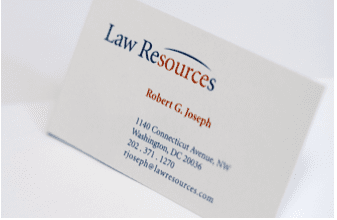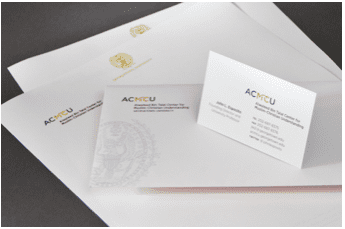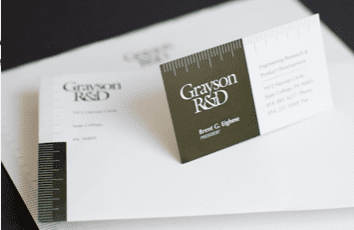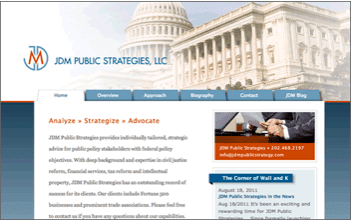In a climate of confusing options, being in charge of the design (or revitalization) of a business logo can seem daunting, since it isn’t something most people do very often. As an experienced designer, here are a few things to think about as you consider designing, or re-designing your logo.
What budget range should you consider?
The price of logo design services varies: It’s easy to find websites offering $99 logos. Be cautious though — a unique and appropriate logo requires thoughtfulness and craftsmanship (along with an editable version). Rookie designers might charge under $1,000 to build their portfolio. In this case, be sure to request editable versions, as they may or may not be able to help you apply the logo in the future. Established design firms typically charge $3,000 to $10,000 to design a thoughtful, well-crafted logo. These may be more likely to endure over many years. There are a few rock star design firms that might charge $10,000 + to design your logo.
What should you consider when you hire a logo designer?
Personally, I’d do some homework before hiring someone from overseas. International copyright laws vary, and you don’t want a designer to simply “lift” the logo from elsewhere. If you can have a face-to-face relationship with a designer, he/she would be unlikely to present something that they “borrowed”. Review their portfolio carefully, and request recommendations (or see if any exist on their LinkedIn profile). Hiring a professional designer that is a member of AIGA ensures best practices are followed. Consider asking for recommendations within your professional networks. Before hiring any type of design professional, ask them to talk about the logos they have designed previously. Why did they choose blue? How does the mark relate to the business and the services it delivers?
Ask about their availability, timeline, what they charge for the logo, and exactly what deliverables will be provided. Request a project estimate, and don’t focus too much on hourly rates. Great designers charge a lot per hour, and work fast. Rookie designers charge less, are new to the process, and can be slower. In the end, it should work out to be the same. Beware of amateurs, as they may not have the technical expertise to deliver the logo in the formats you need to apply across media.
What makes a logo great, and how do I review options?
A great logo is always simple. However, designing a simple logo is not easy. Contrary to popular thinking, logos don’t strike in a moment of brilliant inspiration for even the most talented of designers. Typically a designer will work out a lot of ideas and one will emerge that is particularly outstanding, after a creative process of trial and error. The wider the time frame that you can offer your designer to percolate ideas, the better your logo will be.
A logo should be simple so that it will scale down easily to fit on a pen, or scale up to look great on the side of a bus. Simple logos are easy to reproduce on a low-end copy machine, on a single color vinyl banner, and in a power point presentation. I’ve worked with over-complicated logos that were nothing but trouble on any color but white, and my clients suffered every time they tried to apply it.
Also, consider how the tagline or business name scales down alongside the logo. Be sure to review the logo at the size it needs to be to fit on a business card during the first round of reviews. Finally, think about how the logo will work in a horizontal orientation (a web site), a vertical orientation (in a side column), and a square orientation (a Facebook logo, for instance). A great logo designer should be able to solve all of these design challenges for your business.
How do I know if the logo design process was successful?
 Logos can be difficult to evaluate objectively, especially with group reviews. Therefore, it’s absolutely critical to communicate clearly throughout the process. A design professional will ask lots of questions about your business, its mission, who it aims to reach, and where the logo will appear. They will ask about similar or competing businesses and review their logos, as well.
Logos can be difficult to evaluate objectively, especially with group reviews. Therefore, it’s absolutely critical to communicate clearly throughout the process. A design professional will ask lots of questions about your business, its mission, who it aims to reach, and where the logo will appear. They will ask about similar or competing businesses and review their logos, as well.
Next, a designer will present a written brief that summarizes the project goals and assumptions and parameters. This helps to align everybody involved and ease group approvals later.
Any logo presented should be unique and visually appropriate to your business. Expect to pay more for a handcrafted, high-concept logo, as this takes more thought, time and expertise to create than a simple type solution.
Once a logo is approved, the designer will provide your logo in an editable format along with a brief guide about colors, fonts and placement. It’s a good idea to keep in touch so that you can hire them again to help apply the logo in special circumstances (a Facebook logo, for instance, or a T-shirt design).
Worth mentioning: It’s important to hire a copyright lawyer to review the proposed logo. Designers are not known for their expertise in the legal area!
 Heather Cox is the founder and CEO of the Mighty Little Web Shop in Rockville, Maryland, where she and her team help small businesses to confidently attract a steady stream of ideal prospects, and convert them into paying customers. They do this by building client-attractive websites that strengthen business reputations, and clearly communicate the value proposition of their clients. They believe that a website should be a high-performing marketing platform (not just a pretty face), and they train their clients how to easily maintain their website — or help them to maintain it — so that the website will continue to attract an abundance of new clients.
Heather Cox is the founder and CEO of the Mighty Little Web Shop in Rockville, Maryland, where she and her team help small businesses to confidently attract a steady stream of ideal prospects, and convert them into paying customers. They do this by building client-attractive websites that strengthen business reputations, and clearly communicate the value proposition of their clients. They believe that a website should be a high-performing marketing platform (not just a pretty face), and they train their clients how to easily maintain their website — or help them to maintain it — so that the website will continue to attract an abundance of new clients.




